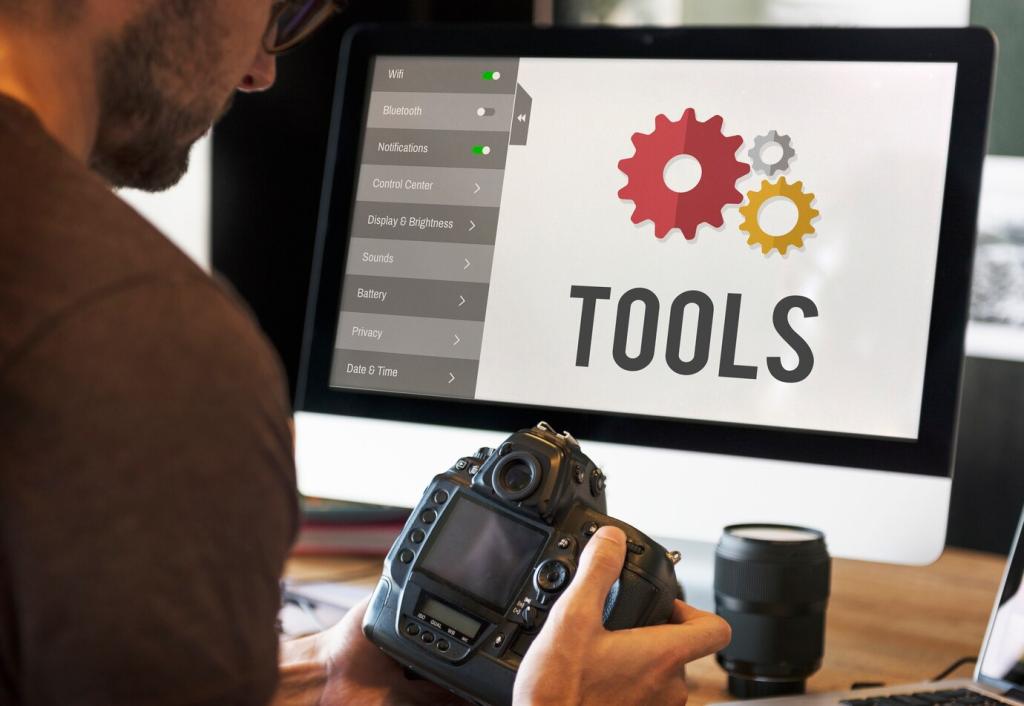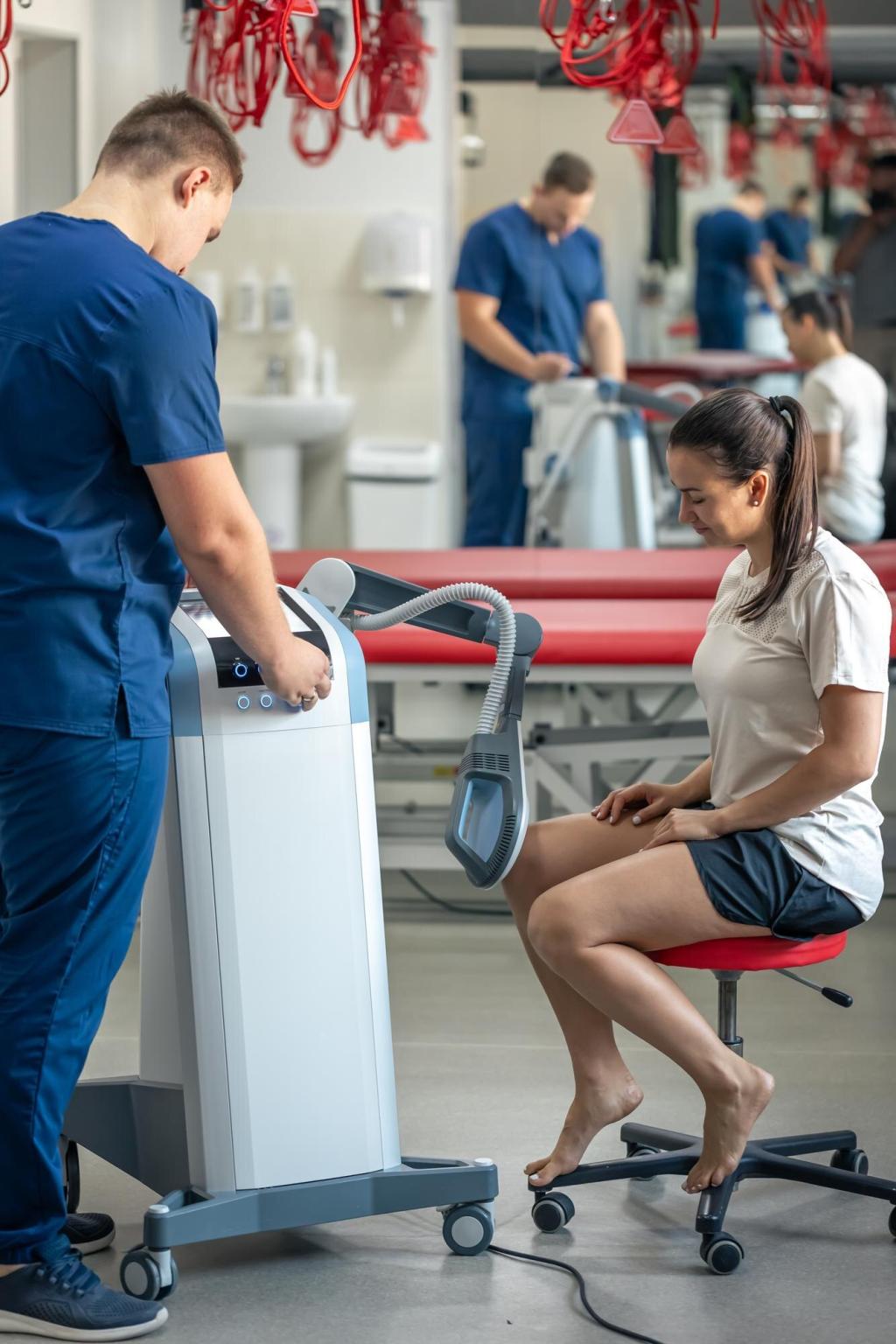
Must-Have Drones for Beginners: Start Confident, Fly Happy
Chosen theme: Must-Have Drones for Beginners. Welcome to your friendly launchpad for safe, joyful first flights, practical picks, and stories that turn curiosity into confident, sky-ready skills—subscribe and grow with every takeoff.
Altitude hold, GPS stabilization, and gentle beginner modes keep your drone steady while you learn. With these safeguards, you can focus on orientation, smooth sticks, and building muscle memory without panicked course corrections.
What Makes a Drone Truly Beginner-Friendly
Return-to-Home, low-battery warnings, and propeller guards reduce risk while you practice. These must-have safeguards help new pilots push forward without fearing that a small mistake becomes an expensive disaster.
What Makes a Drone Truly Beginner-Friendly

DJI Mini 2 SE: Light, Stable, Approachable
Under 249 grams with solid GPS hold and a simple control feel, this approachable flyer makes first flights less stressful. It rewards calm inputs, teaches orientation gently, and travels easily for spontaneous practice sessions.

Ryze Tello: Tiny Trainer, Big Lessons
This small, affordable quad emphasizes piloting basics without intimidation. Its lightweight frame invites indoor practice, saving you from wind battles while mastering smooth yaw turns, delicate throttle control, and deliberate takeoffs and landings.
Essential Accessories Every New Pilot Should Pack
01
Extra Batteries and a Reliable Charger
Short sessions stall progress. Carry two to four batteries to chain lessons together. Longer practice reveals patterns, reinforces good habits, and turns small breakthroughs into reliable instincts you can repeat anywhere.
02
Propeller Guards and a Landing Pad
Prop guards soften beginner bumps, protecting your props and walls. A bright landing pad keeps dust away from your gimbal and makes home points obvious, especially when practicing precise, centered touchdowns in new spots.
03
Carry Case, Spare Props, and Tools
A compact case discourages rushed packing, which often causes preventable damage. Keep spare props, a small screwdriver, and wipes handy so minor scuffs never end a great session before you learn your next lesson.



Rules, Respect, and Safe Skies
Check registration rules, basic licensing, and altitude limits where you live. Some drones require labeling, online tests, or app-based unlocks. A few minutes of research prevents confiscations, fines, and stressful conversations on-site.
Rules, Respect, and Safe Skies
Use official maps to spot no-fly zones near airports, helipads, stadiums, and sensitive sites. Many beginner-friendly drones include geofencing, but don’t rely on it blindly—always verify and plan your flight envelope proactively.



Firmware, Calibrations, and Peace of Mind
Update your aircraft, controller, and app before big sessions. Calibrate compass and IMU when prompted. These quick habits prevent twitchy behavior, improve stability, and keep your failsafes reliable when winds pick up unexpectedly.

Battery Health Is Flight Time
Store batteries at mid-charge, avoid heat, and log cycles. Replace swelling packs early. Healthy batteries deliver predictable power, which means predictable handling—exactly what beginners need while sharpening their control and confidence.

Level Up Without Getting Overwhelmed
Add difficulty gradually: stronger winds, new perspectives, or gentle camera moves. Join local groups, try a simulator, and post your clips for feedback. Small, steady challenges keep the joy high and the nerves low.
